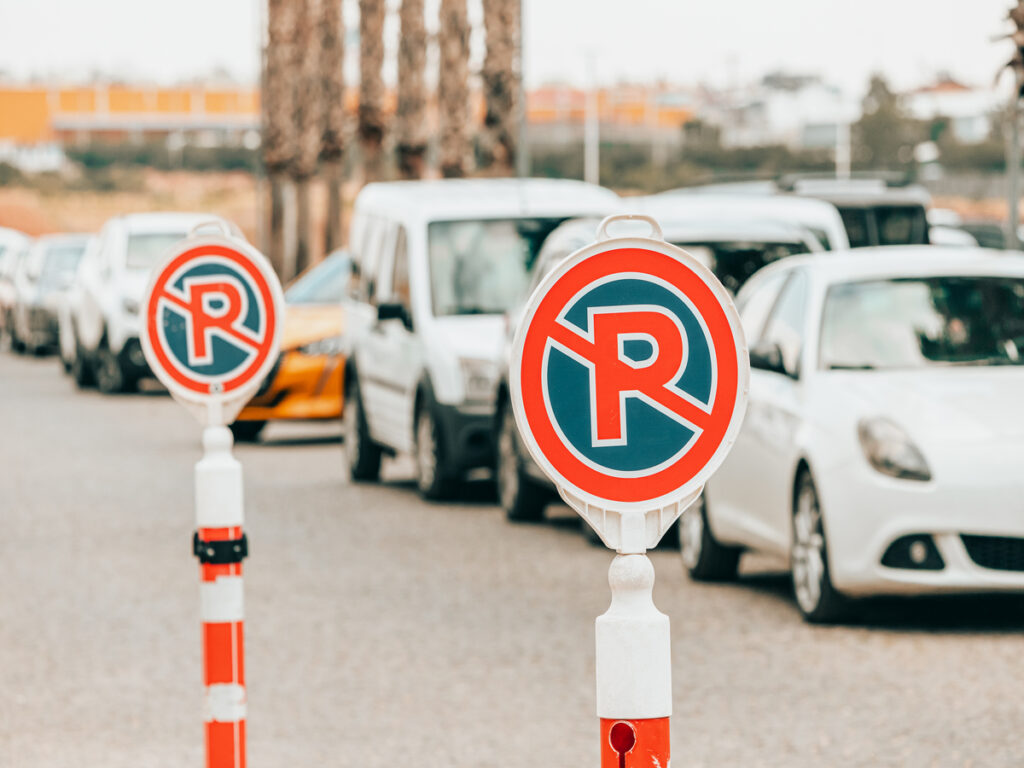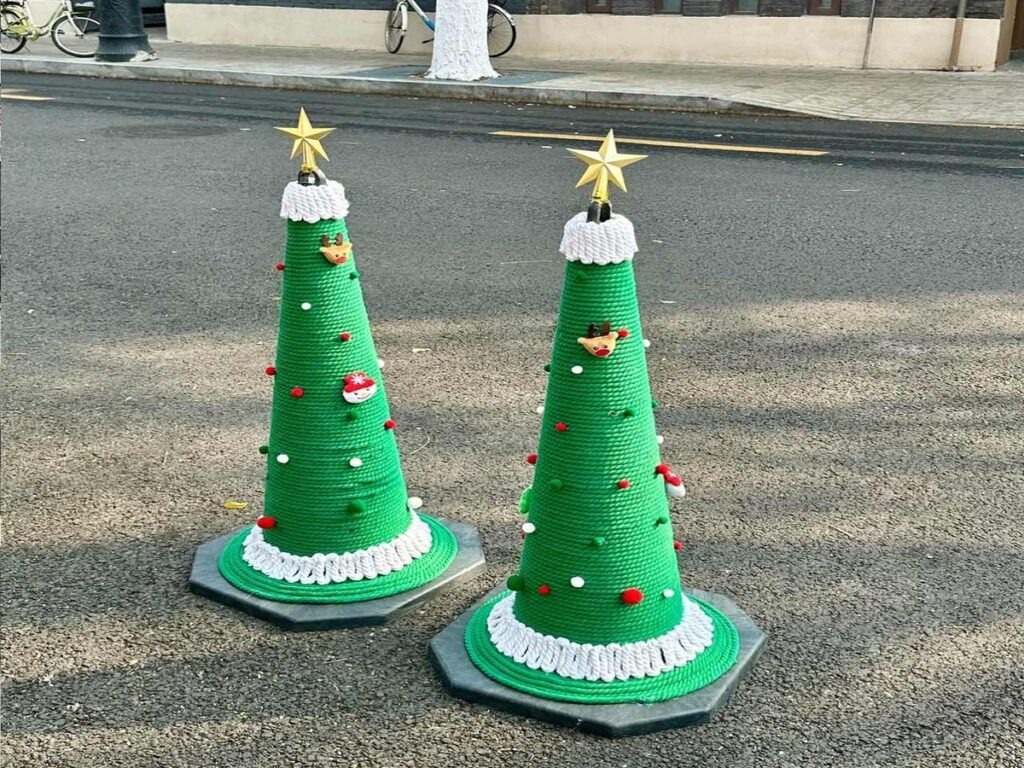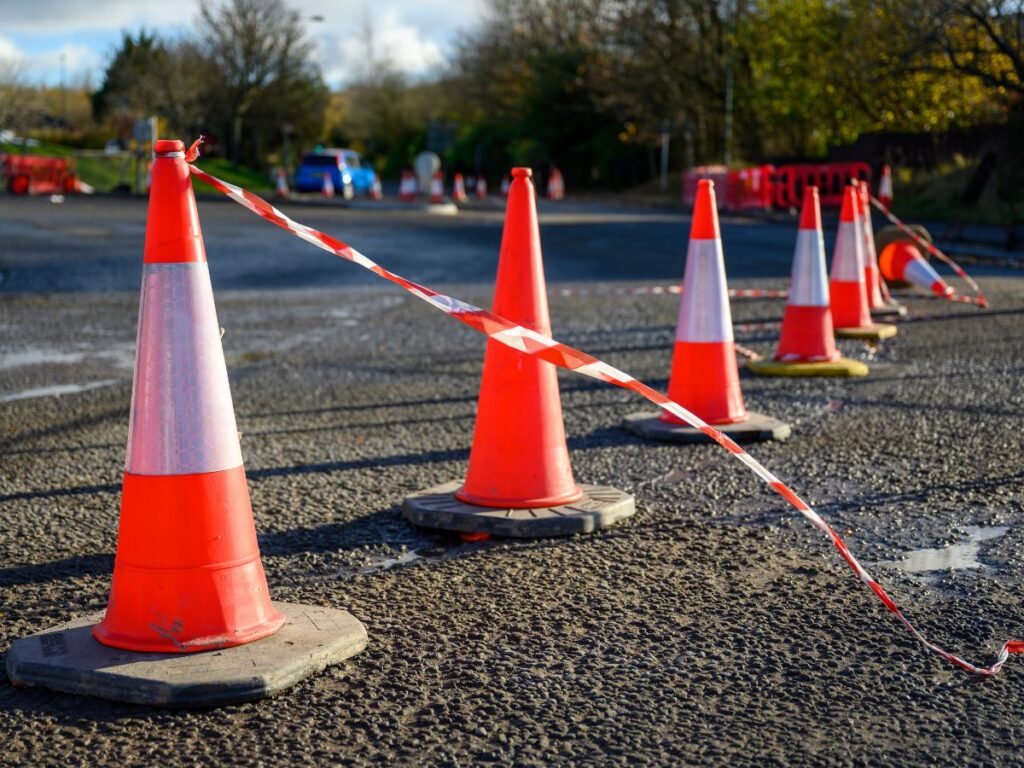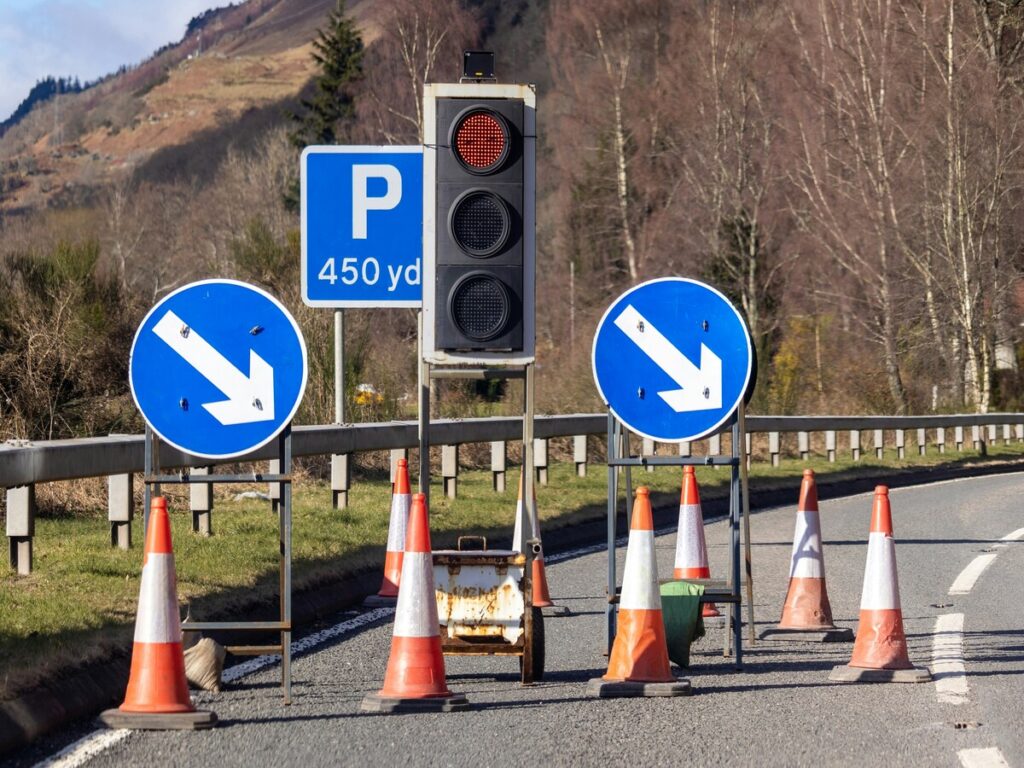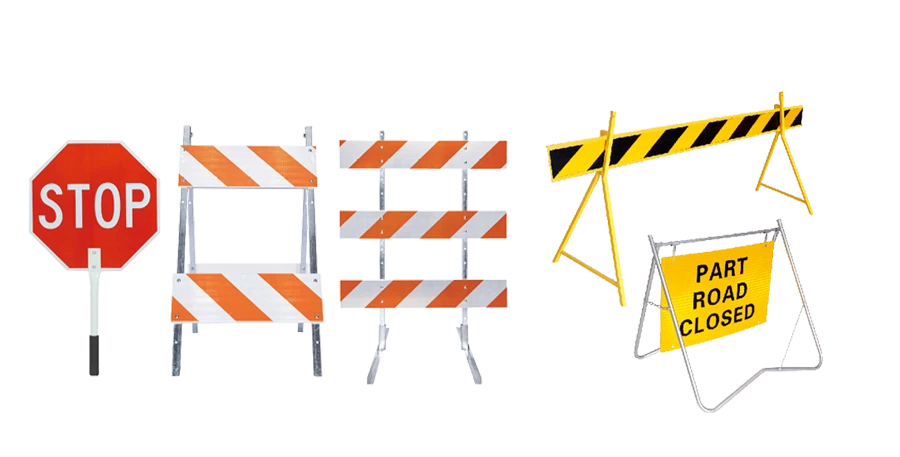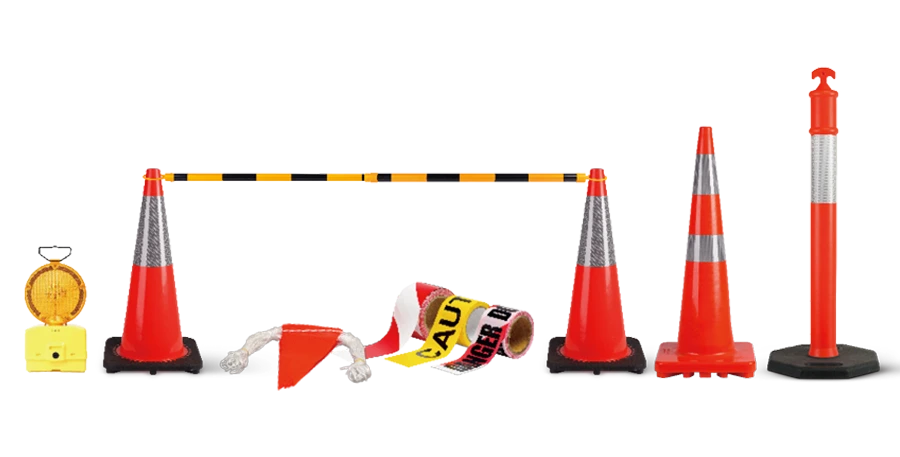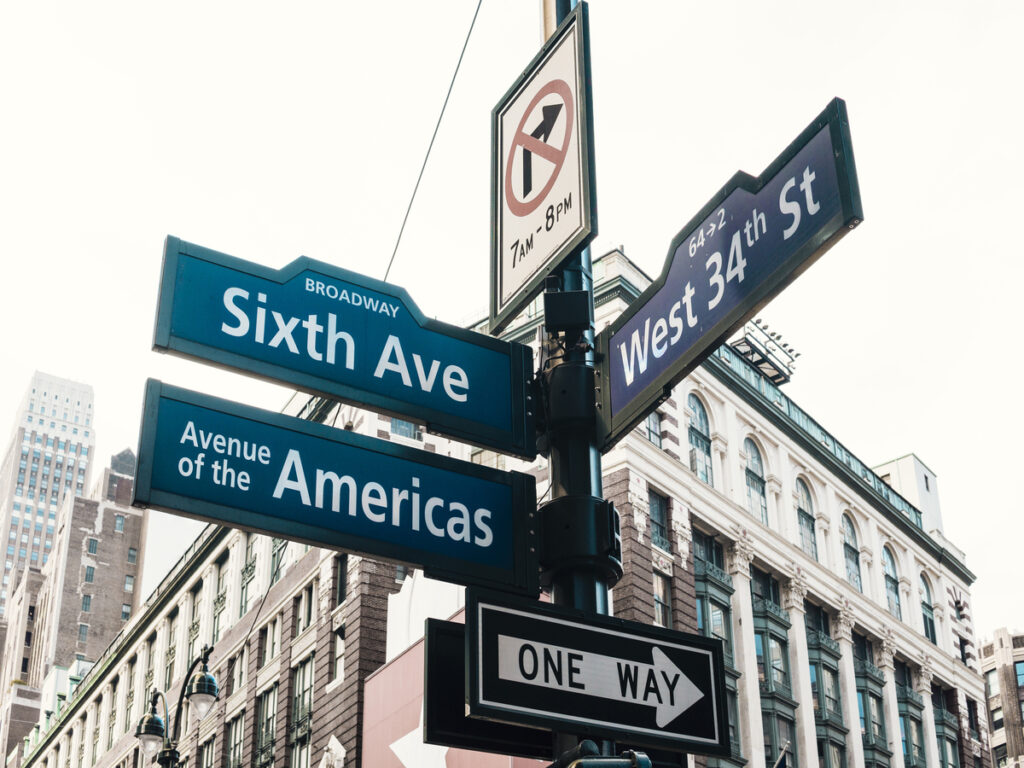
거리 이름 기호 괄호는 깔끔하고 안전한 도로를 유지하는 데 필수적입니다.. 이 괄호는 단단히 표지판을 가지고 있습니다, 그들이 쉽게 읽을 수 있도록합니다. 오른쪽 거리 이름 기호 괄호 선택은 명확한 간판과 부드러운 트래픽 흐름에 중요합니다., 또한 지역 규정을 준수하는 동안. 번화 한 도시 지역이든 조용한 동네에서, 적절한 거리 이름 기호 괄호는 항해를 향상시키고 혼란을 줄입니다.. 응용 프로그램을 이해하면 안전한 도로에 기여하는 정보에 근거한 결정을 내릴 수 있습니다..
블로그에서 자세히 알아보십시오: 거리 이름 기호 괄호: 최고의 유형 및 최상의 용도 - 다른 브래킷 스타일을 탐색하십시오, 그들의 가장 적합한 시나리오, 그리고 당신의 필요에 맞는 올바른 것을 선택하는 방법.
주요 테이크 아웃
- 2-Way Brackets는 90 ° 각도로 두 개의 징후를 보유합니다. 그것들은 t- 접합 및 작은 구석에 가장 적합합니다.
- 3-Way Brackets는 120 ° 각도에서 3 개의 징후를 보유합니다. 그들은 Y 자형 교차로와 바쁜 지역에서 잘 작동합니다.
- 트래픽이 적은 지역에 대한 2 방향 괄호를 선택하십시오. 저렴하고 설치하기 쉽습니다.
- 복잡한 교차로에 대한 3 방향 브래킷을 선택하십시오. 운전자의 가시성과 안전성을 향상시킵니다.
- 브래킷을 선택하기 전에 항상 교차로 레이아웃과 트래픽 흐름을 확인하십시오.. 이것은 더 나은 탐색을 보장합니다.
양방향 거리 이름 기호 괄호 이해
설계 및 기능
2-길 괄호 직각으로 두 개의 거리 표지판을 잡습니다. 이 설정은 운전자와 워커가 거리 이름을 명확하게 볼 수 있도록 도와줍니다.. 교통 사인 괄호는 종종 알루미늄과 같은 강력한 재료로 만들어집니다.. 알루미늄은 오래 지속되며 쉽게 녹슬지 않습니다. 그들은 가볍습니다, 따라서 설치하는 것은 간단합니다. 설치하기 위해 특별한 도구가 필요하지 않습니다.
이 괄호는 일반적인 극에 적합합니다, 둥근 또는 정사각형처럼. 그들은 평평하거나 두꺼운 부호 블레이드로 작동합니다. 극 유형을 기준으로 캡 마운트 또는 볼트 마운트 스타일을 선택할 수 있습니다.. 이 유연성은 다른 거리 레이아웃에 유용합니다.
일반적인 사용 사례
T 자형 도로 또는 작은 구석에 2 방향 괄호가 표시됩니다.. 이 장소는 보통 두 개의 거리에 대한 표지판이 필요합니다. 그들은 또한 개인 차도 나 조용한 도로에서 잘 작동합니다.. 그들의 단순한 디자인은 예산이 적거나 쉬운 사인 요구가있는 장소에 좋습니다..
2 방향 괄호의 주요 이점
2-방식 대괄호는 단순하고 특전이 많습니다. 첫 번째, 그들은 싸다, 그래서 그들은 도시 나 소유자를 위해 돈을 절약합니다. 두번째, 가벼운 무게로 빠르게 설치할 수 있습니다. 제삼, 직각 디자인은 사람들이 양방향으로 표시를 볼 수 있도록 도와줍니다..
2 방향 괄호를 사용하면 추가 번거 로움없이 명확하고 안전한 표지판이 제공됩니다.. 그들은 실용적이고 저렴합니다, 많은 거리에서 최고의 선택으로 만듭니다.
3 방향 거리 이름 기호 괄호 이해
설계 및 기능
3-길 괄호 120 ° 각도로 3 개의 징후를 유지하십시오. 이 설정은 사람들이 다른 방향에서 거리 이름을 볼 수 있도록합니다.. 그들은 알루미늄과 같은 강한 재료로 만들어졌습니다, 녹슬지 않고 악천후를 잘 처리하지 않습니다.
이 사인 괄호는 둥근 극 또는 사각형 극에 맞고 평평하거나 두꺼운 사인 블레이드로 작동합니다.. 모든 표시를 올바르게 배치하려면 신중한 정렬이 필요합니다.. 비록 그렇다 하더라도, 그들은 안정적이고 오래 지속됩니다, 까다로운 도로 레이아웃에 적합합니다.
일반적인 사용 사례
Y 자형 또는 각진 교차로에는 3 방향 괄호가 있습니다. 이 지점은 3 방향에서 오는 운전자에 대한 표시가 필요합니다.. 그들은 또한 공원에서도 사용됩니다, 캠퍼스, 또는 이상한 도로 레이아웃이있는 바쁜 지역.
혼잡 한 교차로 또는 자동차가 많은 곳, 이 괄호는 혼란을 줄이는 데 도움이됩니다. 그들은 한 번에 세 개의 거리 이름을 보여줍니다, 까다로운 내비게이션이있는 영역에 유용합니다.
3 방향 괄호의 주요 이점
3-Way Brackets에는 많은 좋은 기능이 있습니다. 첫 번째, 그들은 거리 이름을 세면에서 쉽게 읽을 수있게합니다.. 이것은 도로를 안전하고 명확하게 유지하는 데 도움이됩니다, 특히 바쁜 곳에서. 두번째, 그들의 강한 빌드는 그들이 오랫동안 지속되며 덜 고치가 필요하다는 것을 의미합니다.. 제삼, 그들은 다른 기둥과 사인 유형으로 작업합니다, 다양한 설정에 유연하게 만듭니다.
3 방향 괄호를 선택하면 바쁜 또는 이상한 교차로에서 표지판이 잘 작동합니다.. 그들의 디자인은 안전을 향상시키고 도로를 쉽게 이해할 수 있도록 도와줍니다..
Optraffic은 2 방향 및 3 방향 거리 이름 기호 브래킷을 제공합니다., 내구성을 위해 설계되었습니다, 시계, 쉬운 설치. 표준 교차로를 관리하든 복잡한 3 방향 교차점을 관리하든, 우리의 브래킷 솔루션은 모든 설정에 대한 안전하고 준수하는 부호를 제공합니다..
2 방향과 3 방향 거리 이름 기호 괄호 비교
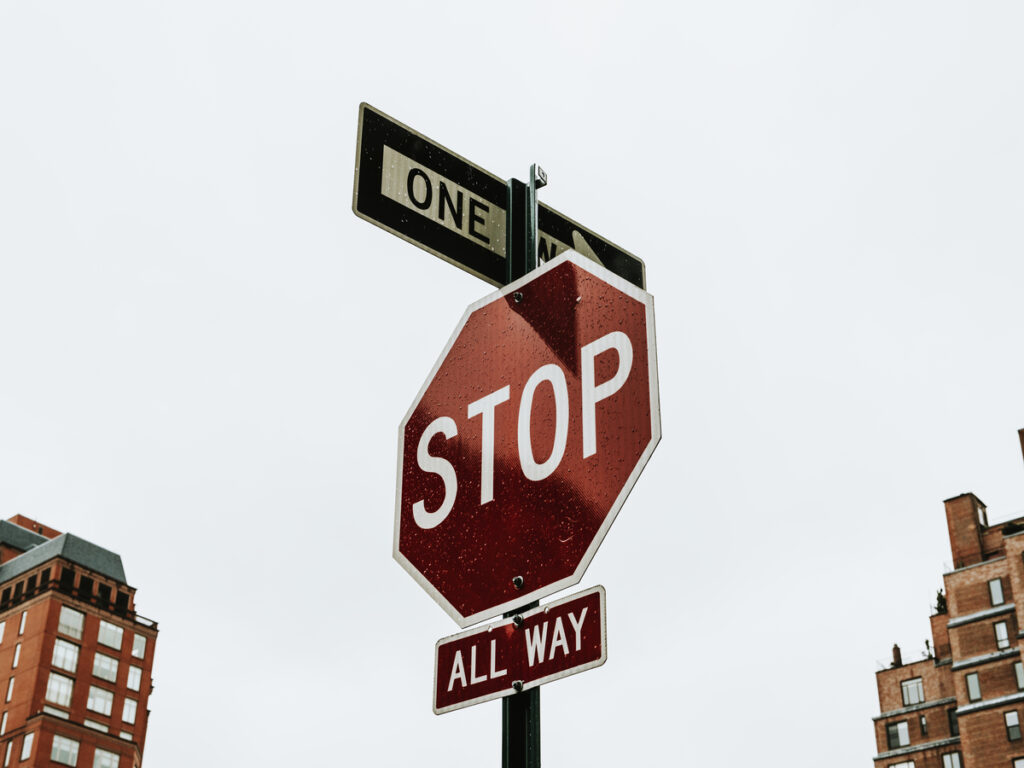
징후 및 장착 각도
2 방향과 3 방향 괄호의 주요 차이점은 얼마나 많은 표지판을 보유하고 있는지입니다.. 에이 2-웨이 브래킷 90 ° 각도로 두 개의 징후를 보유합니다. 이것은 사람들이 두 방향에서 거리 이름을 볼 수있게합니다. 에이 3-웨이 브래킷 세 가지 징후를 보유합니다, 120 ° 각도로 간격을두고 있습니다. 이 디자인은 3면에서 거리 이름을 보여줍니다, 까다로운 교차로에 좋습니다.
브래킷을 선택할 때도 각도가 중요합니다. 에이 2-웨이 브래킷 직각으로 교차하는 거리에서 잘 작동합니다. 에이 3-웨이 브래킷 Y 자형 또는 각진 도로에 더 좋습니다. 이러한 차이점을 알면 교차로에 적합한 괄호를 선택하는 데 도움이됩니다..
일반적인 응용 프로그램 및 가시성
도로 건널목의 유형은 사용할 괄호를 결정합니다.. 에이 2-웨이 브래킷 좋습니다 t- 접합, 작은 구석, 또는 차도. 이 장소는 보통 두 개의 거리에 대한 표지판이 필요합니다. 90 ° 각도는 드라이버를 쉽게 볼 수 있도록합니다..
에이 3-웨이 브래킷 더 잘 맞습니다 Y 자형 또는 각진 교차점. 이 장소는 종종 3 개의 거리를 연결합니다, 그래서 120 ° 각도는 사람들이 모든 징후를 보는 데 도움이됩니다.. 당신도 볼 수 있습니다 3-길 괄호 공원에서, 학교, 또는 이상한 도로 레이아웃이있는 바쁜 지역. 올바른 괄호를 선택하면 도로가 쉽게 탐색하고 혼란 스러울 수 있습니다..
비용, 무게, 설치 복잡성
이 괄호를 비교할 때 비용과 무게가 중요합니다. 에이 2-웨이 브래킷 가볍고 저렴합니다. 간단한 디자인은 빠르고 쉽게 설치할 수 있습니다.. 이것은 예산이 적거나 간단한 사인 요구가있는 장소에 적합합니다..
에이 3-웨이 브래킷 비용이 많이 들고 조금 더 무겁습니다. 각도 때문에 설정하는 데 더 많은 작업이 필요합니다.. 그러나 더 오래 지속되고 가시성을 향상시킵니다. 바쁜 교차로 또는 까다로운 레이아웃의 경우, 에이 3-웨이 브래킷 추가 노력의 가치가 있습니다.
팁: 브래킷을 선택하기 전에 교차로의 요구에 대해 생각해보십시오. 트래픽을보십시오, 시계, 최선의 선택을위한 예산.
올바른 거리 이름 기호 브래킷을 선택하는 방법
교차로 레이아웃 확인
오른쪽 괄호를 선택하기 위해 도로가 어떻게 만나는 지보세요. T 자형 교차로는 종종 a가 필요합니다 2-웨이 브래킷. 이 괄호는 90 ° 각도로 두 개의 징후를 보유합니다, 두 개의 거리를 건너는 데 좋게 만듭니다. Y 자형 또는 각진 교차로는 a에서 더 잘 작동합니다 3-웨이 브래킷. 120 ° 각도는 표지판이 세 방향으로 향하게합니다, 운전자가 명확하게 볼 수 있도록 도와줍니다.
교차로에서 얼마나 많은 거리가 연결되어 있는지 생각해보십시오. 두 개의 거리 만있는 경우, 에이 2-웨이 브래킷 충분합니다. 3 개의 연결 도로, 에이 3-웨이 브래킷 모든 거리 이름을 명확하게 보여줍니다. 브래킷을 도로 레이아웃과 일치 시키면 탐색이 쉬워지고 혼란을 줄입니다..
가시성과 트래픽을 고려합니다
표지판은 쉽게 볼 수 있어야합니다. 바쁜 교차로는 사방에서 볼 수있는 표시가 필요합니다. 에이 3-웨이 브래킷 한 번에 3 개의 거리 이름을 보여주기 때문에 여기서 잘 작동합니다.. 조용한 지역이나 이웃은 보통 a 2-웨이 브래킷, 충분한 가시성을 제공합니다.
교통 흐름도 중요합니다. 붐비는 교차로는 표시를 명확하게하고 망설임을 줄이는 괄호가 필요합니다.. 에이 3-웨이 브래킷 트래픽과 까다로운 레이아웃을 처리합니다. 트래픽이 낮은 지역은 a 2-웨이 브래킷 더 간단한 설정. 도로를 안전하게 지키기 위해 항상 멀리서 표시 할 수 있는지 확인하십시오..
팁: 교차로 주위를 걸어 가서 부호 가시성을 확인하십시오. 이것은 당신이 그 자리에 가장 적합한 괄호를 선택하는 데 도움이됩니다..
비용과 설치에 대해 생각합니다
예산 및 설정 요구가 중요합니다. 에이 2-웨이 브래킷 비용이 적고 설치하기가 더 쉽습니다. 가볍고 빠르게 설정할 수 있습니다, 예산이 적은 예산에 적합합니다. 간단하고 저렴한 옵션이 필요한 경우, 이 괄호는 잘 작동합니다.
에이 3-웨이 브래킷 비용이 많이 들지만 더 오래 지속되며 가시성을 향상시킵니다. 각도 때문에 설치하는 데 더 많은 시간이 걸립니다., 그러나 바쁜 교차로에는 그만한 가치가 있습니다. 더 많이 쓸 수 있다면, 에이 3-웨이 브래킷 안전을 높이고 향후 수리 비용을 낮 춥니 다.
설치를주의 깊게 계획하십시오. 에이 2-웨이 브래킷 더 적은 도구와 노력이 적습니다. 에이 3-웨이 브래킷 표지판을 정렬하려면 추가 작업이 필요할 수 있습니다. 교차로의 요구와 예산의 균형을 잡으면 올바른 괄호를 선택할 수 있습니다..
거리 이름 기호 괄호에 대한 극 및 부호 호환성

표준 극 유형 및 크기
거리 이름 기호 괄호는 표지판에 사용되는 다른 극 유형에 맞습니다.. 일반적인 극에는 둥근이 포함됩니다, 정사각형, 그리고 장식적인 것. 둥근 극의 폭은 보통 2 ° 인치입니다, 사각형 극은 거의 없습니다 2 신장. 이 크기는 표지판을 단단히 고정하기 때문에 인기가 있습니다.
그 영역에 대해 생각하고 기둥을 골라내는 마모. 장식용 기둥은 공원이나 이웃에서 멋져 보입니다. 바쁜 거리 나 도시의 둥근 극과 정사각형 극은 더 강하고 더 좋습니다..
서명 블레이드 호환성
사인 브래킷은 두 가지 메인 블레이드 유형으로 작동합니다: 평평하고 압출. 평평한 블레이드는 얇고 가볍습니다, 차분한 지역에 좋습니다. 압출 블레이드는 두껍고 강합니다, 힘든 날씨 나 무거운 용도에 적합합니다.
브래킷을 선택하기 전에 블레이드 유형을 확인하십시오. 블레이드와 브래킷과 일치하면 설정 문제를 피하고 표시가 안정적으로 유지됩니다..
장착 옵션 (캡 마운트 대. 볼트 마운트)
표지판을 위해 캡 마운트 또는 볼트 마운트 브래킷을 선택할 수 있습니다.. 캡 마운트 브래킷은 극 위에 올라가 깔끔하게 보입니다. 이들은 장식적인 폴란드 또는 겉보기가 중요한 곳에 적합합니다..
볼트 마운트 브래킷은 볼트로 기둥 측면에 부착. 그들은 단단히 잡고 바람이 부는 곳이나 바쁜 지역에서 잘 작동합니다.. 볼트 마운트도 조정하기가 더 쉽습니다, 까다로운 설정에 편리하게 만듭니다.
팁: 기둥과 위치에 적합한 장착 스타일을 선택하십시오.. 이렇게하면 부호가 안전하게 유지되고 더 오래 지속됩니다.
선발 2-방법 또는 3-방법 거리 이름 브래킷은 교차로에 따라 다릅니다. 에이 2-웨이 브래킷 t- 접합과 같은 쉬운 교차점에 이상적입니다. 에이 3-웨이 브래킷 3 개의 연결 도로와 교차로에 더 잘 작동합니다. 두 유형 모두 특전이 있습니다, 돈을 절약하거나 가시성을 향상시키는 것과 같습니다.
팁: 교차로를 면밀히 연구하십시오. 도로 각도를 확인하십시오, 교통, 그리고 눈에 보이는 징후가 얼마나 필요한지. 올바른 괄호를 선택하면 도로가 더 안전하고 쉽게 탐색 할 수 있습니다..
FAQ
1. 2 방향과 3 방향 거리 이름 브래킷의 주요 차이점은 무엇입니까??
주요 차이점은 징후와 각도의 수에 있습니다.. 2 방향 괄호는 90 ° 각도로 두 개의 징후를 보유합니다, 3 방향 괄호는 120 ° 각도로 3 개의 징후를 보유하고 있습니다.. 이것은 3 개의 연결 도로와 교차로에 3 방향 괄호가 더 나은.
2. t- 접합에서 3 방향 브래킷을 사용할 수 있습니까??
당신은 할 수 있습니다, 그러나 이상적이지 않습니다. 2 방향 괄호는 직각으로 두 개의 징후를 보유하기 때문에 t- 접합에 더 잘 작동합니다., 교차로의 레이아웃과 일치합니다. 3 방향 괄호는 3 개의 도로와 교차로를 위해 설계되었습니다..
3. 이 브래킷은 모든 극 유형과 호환됩니다?
대부분의 괄호. 그들은 또한 장식 기둥과 함께 일합니다. 적절한 호환성을 보장하기 위해 브래킷을 선택하기 전에 항상 극 크기와 유형을 확인하십시오..
4. 설치하기가 더 쉬운 브래킷?
2 방향 브래킷을 설치하기가 더 쉽습니다. 가벼운 디자인과 간단한 설정으로 빠르게 장착됩니다.. 3 방향 괄호는 각도로 인해 더 많은 정렬이 필요합니다., 그러나 복잡한 교차로에 대한 더 나은 가시성을 제공합니다.
5. 캡 마운트와 볼트 마운트 브래킷을 어떻게 선택합니까??
캡 마운트 브래킷은 기둥 위에 깔끔하게 부착됩니다, 장식 설정에 이상적입니다. 볼트 마운트 브래킷은 극 측면에 고정되어 있으며 추가 안정성을 제공합니다., 특히 바람이 부는 지역에서. 극 유형과 위치 요구에 따라 선택하십시오.
팁: 브래킷을 선택하기 전에 항상 교차로의 레이아웃 및 트래픽 흐름을 평가하십시오.. 이를 통해 안전 및 가시성에 가장 적합합니다.

